As home decor enthusiasts, embracing Japanese furniture’s traditional designs enriches our living spaces. Conventional Japanese furniture is renowned for its unique blend of functionality, simplicity, and beauty. Originating from a rich, long-standing tradition, this unique furniture design weaves an inseparable story of Japanese culture.
Japanese furniture design is highly celebrated for its timeless elegance and minimalistic charm. Rooted in Japan’s rich cultural heritage and its unique command over simplicity and functionality, this design philosophy infuses a serene, uncluttered aesthetic that has garnered global appreciation. So, if you are looking for stylish yet functional furniture design choices for your new home, this article will bring you a step closer to Japanese aesthetics and the tranquility it can imbue into your living space.
Unraveling The Minimalist Approach In Japanese Design
Minimalism is at the heart of traditional Japanese design, championing simplicity, beauty, and functionality. From the smoothly sliding Shoji screens to the meticulously arranged Tatami mats, every piece of Japanese furniture traditional in style leans towards reducing clutter, increasing efficiency, and maintaining aesthetic harmony.
These design choices reflect a deep-rooted philosophy— “Less is more.” Limited adornments, natural elements, muted color palettes, and ample negative space evoke tranquility and mindfulness. This minimalist approach, which is often seen in Japanese furniture traditional in concept, blurs the lines between the indoors and outdoors, creating a serene and meditative living space.
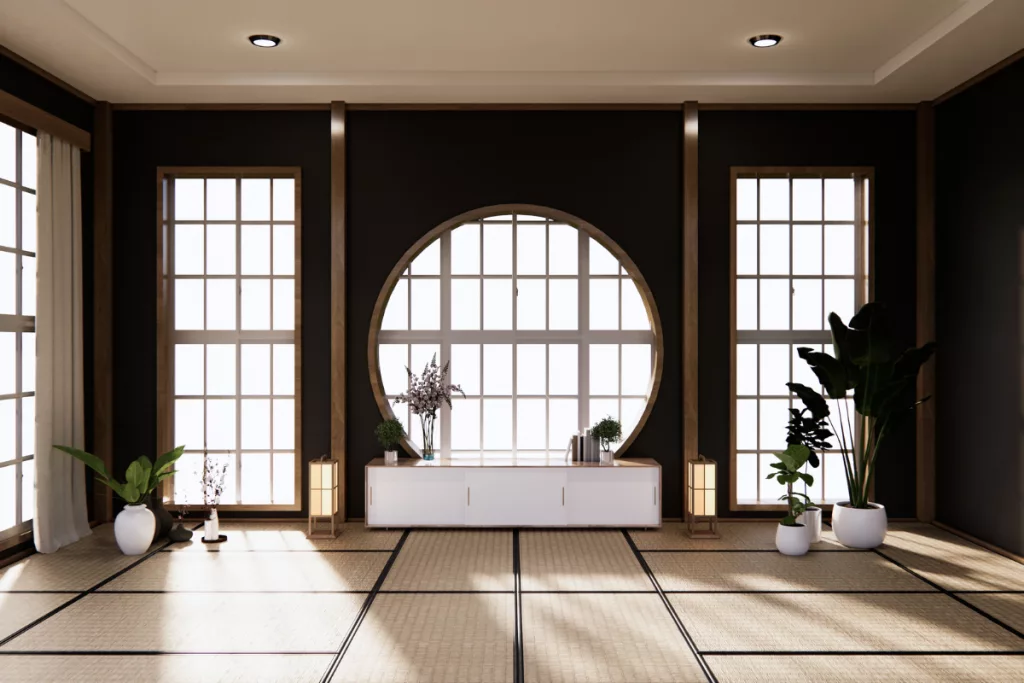
Embracing Japanese minimalism in interior design invites simplicity and clarity into your life — keeping only what’s essential, creating a lot from a little, and cherishing the beauty in everyday items. After all, a space with Japanese furniture traditional in essence that breathes is a space that nurtures. The modern Japanese approach to minimalism marries clean lines, light, and open spaces, creating a soothing ambiance in sync with nature.
The Essence Of Japanese Furniture In Home Decor
Japanese furniture, traditional in design and style, brings an air of tranquility and harmony to home decor with its minimalist designs and natural materials. Using natural materials like wood and bamboo resonates with the Japanese respect for nature, bridging the gap between indoors and outdoors. Each item of Japanese furniture traditional in construction seems refined and elegant and coexists peacefully with its surroundings, making rooms more spacious and well-organized.
Japanese furniture, traditional in conception, emphasizes comfort and practicality, from Tatami mats and Shoji screens to low-profile tables and futons. Even the color palettes often rely on calm, earthy hues that induce relaxation.
Explore unique pieces of Japanese furniture that are traditional in essence in other spaces, such as elegant Fusuma partitions and exquisite Byobu screens. Emphasize the Ikebana flower arrangement to instill a deeper connection with Japanese culture. Each piece of furniture and Japanese artwork seamlessly blends traditional and modern design elements, creating an irrefutable essence of timeless elegance in home decor.
Tatami: A Staple In Traditional Japanese Homes
Tatami, woven straw mats, play a crucial role in traditional Japanese homes as both flooring and the foundation for critical pieces of Japanese furniture. The versatility of tatami allows them to pair seamlessly with futons, instantly transforming living spaces into bedrooms at night.
Today, the modern interpretation of tatami uses innovative, eco-friendly materials while preserving their distinctive characteristics. This reimagined Japanese interior design element complements various furniture styles, including traditional and contemporary options.
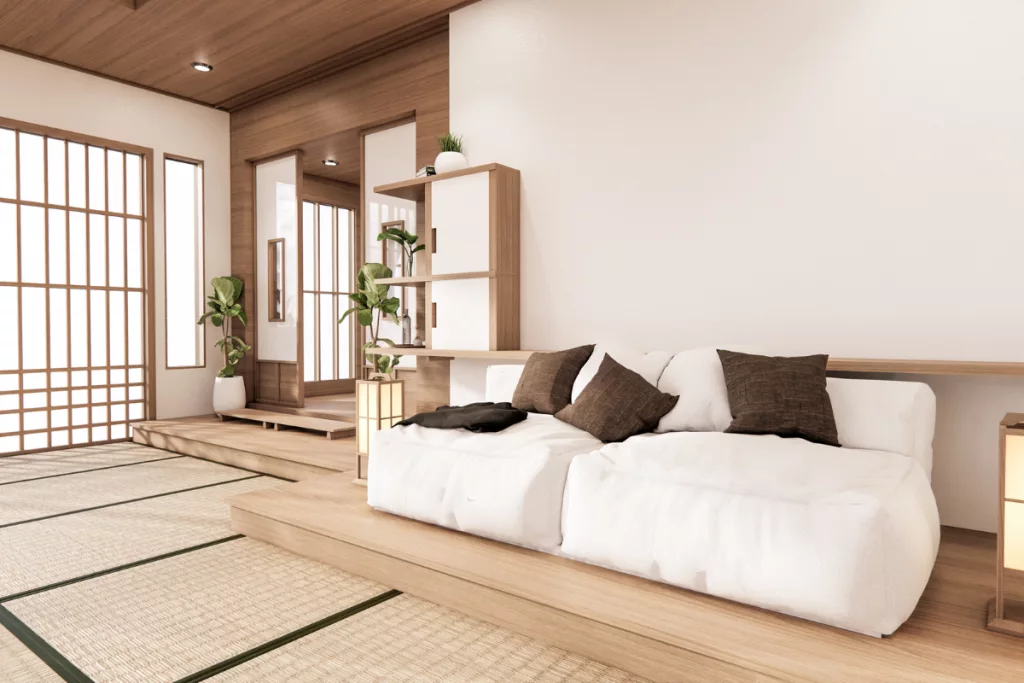
In modern Japanese furniture design, tatami’s sleek and unassuming presence makes it a perfect match for shoji screens and minimalist decor, further solidifying its status as a timeless staple in Japanese-style homes.
Haiku Designs And Other Influences On Japanese Furniture
Haiku designs encapsulate nature’s tranquility and beauty in Japanese furniture design. They manifest the elegant simplicity of Japanese culture, bringing harmony to Japanese living rooms and entire Japanese houses. The influence of Haiku is evident in various pieces of Japanese furniture, such as the Tansu chest, Kotatsu table, and Fusuma dividers. Employing natural materials, they reflect a delicate balance of form and function intrinsic to Japanese interior design.
Fusing modern Japanese elements and Haiku designs adds an ethereal aesthetic to home decor. For instance, a Japanese-style sofa or floor chair offers minimalist appeal while maintaining authenticity. The result is a captivating matrix of traditional and modern Japanese styles, celebrating the abstract beauty of Haiku in every piece of traditional Japanese furniture.
From Futon To Tansu: Iconic Pieces Of Japanese Furniture
Japanese furniture design seamlessly intertwines functionality with aesthetics, creating pieces that are as practical as they are beautiful. The simple yet versatile Futon and the distinctively styled Tansu are two iconic examples. The Futon, a Japanese bedding system, is significantly unique, mirroring the Japanese culture’s minimalist aesthetics. A futon consists of a mattress and a duvet, designed to be easily stored during the daytime, freeing up space and maintaining a tidy and uncluttered environment.
On the other hand, Tansu is a type of storage chest that comes in various forms to accommodate different needs. Historically, Tansu was a mobile storage piece, visually appealing and practical. It is known for its solid construction, elegant design, and characteristic ironwork fittings.
From the flexible Futon to the beautiful Tansu, each piece is representative of the deeply ingrained cultural philosophies that value simplicity, practicality, and tranquility. Choosing Japanese furniture involves more than aesthetic appeal. Consider the futon’s ease of storage and the Tansu’s multifunctionality. Both merge with shoji screens and other elements for a harmonious interior design.
Creating A Japanese Living Space With Traditional And Modern Elements
Creating a Japanese living space involves interweaving traditional and modern Japanese design elements, showcasing a balance of history and innovation. Traditional elements like Tatami mats, Shoji screens, or a low-height Chabudai table establish a connection with Japan’s cultural roots. These elements bring an inherent peacefulness and tranquility to space, reflecting the natural world and the Japanese appreciation for beauty in simplicity.
On the other hand, modern elements adapt these traditional concepts to meet contemporary needs. From sleek lines in furniture to incorporating new materials and advanced technologies, modern designs still hold on to the minimalist, space-efficient, and nature-inspired ethos of traditional Japanese interiors.
By blending the old and new, the resultant living space encapsulates the essence of harmony and balance deeply ingrained in Japanese culture. Whether a compact apartment or a spacious house, this thoughtful approach ensures an atmospheric haven that embraces the Japanese way of living.
Antique Japanese Furniture: Preserving The Past
Antique Japanese furniture is a tangible link to Japan’s cultural past, embodying centuries of craftsmanship, tradition, and aesthetic philosophy. Each piece, whether a classic Tansu storage chest, an intricate Hibachi fire bowl, or a subtly elegant Kotatsu table, tells a story of its time and place in Japanese history.

These antique pieces are often crafted from high-quality, durable materials like native woods, which have weathered time to develop a rich patina and unique character. Their designs illustrate a profound respect for natural beauty and a deep understanding of functionality derived from a minimalist lifestyle.
Japanese Artwork And Accessories In Home Decor
Creating an authentic Japanese interior design theme goes beyond opting for the best Japanese furniture; it’s about embracing the totality of Japanese culture. Incorporating Japanese artwork and accessories enhances the ambiance of living space, adding a touch of cultural elegance and sophistication. The careful selection of these elements reinforces the minimalist principles of Japanese design, while the artwork represents a visual documentation of Japan’s cultural evolution.
Traditional Japanese paintings and calligraphy, such as Ukiyo-e woodblock prints or Sumi-e ink art, capture the essence of nature and emotion with remarkable precision. Displaying these pieces showcases a deep appreciation for the Japanese aesthetic and artistic prowess.
Other Japanese accessories include decorative ceramics, lacquerware, Ikebana flower arrangements, and ornate folding screens. These elements are often rooted in centuries-old craftsmanship techniques and can add an extra dimension to the interior decor.
Recreating The Made In Japan Feel: Karimoku And Other Asian-Inspired Furniture
Made in Japan speaks of quality and thoughtful design. Karimoku, a notable exporter of Japanese furniture, embodies this ethos. With an array of furnishings that seamlessly merge traditional Japanese elements with modern aesthetics, Karimoku influences global Japanese style. Diversifying your interior design essence with Asian furniture broadens the cultural narrative in your space. Each piece complements and enriches the Japanese interior-centric theme, from minimalist Korean cabinets to intricate Chinese wardrobes.
Constructing a Japanese home is about recreating an environment that appreciates the simplicity yet depth of Japanese style. Through furniture design, the challenge is to fuse elements such as tatami mats, a simple futon, or the traditional Shoji screen with practicality and personal aesthetic. Ultimately, it’s about creating a space that feels inherently Japanese – a home that mirrors the serenity and balance of Japan’s culture and design aesthetic.

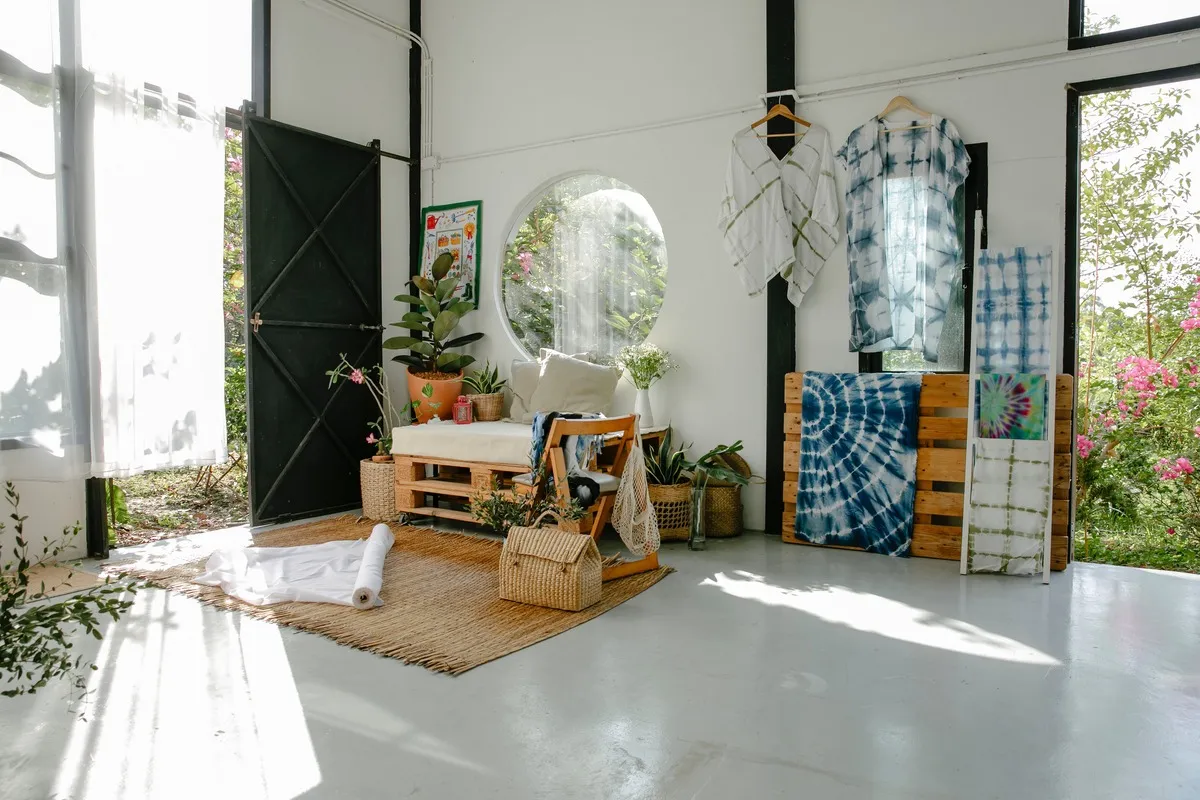
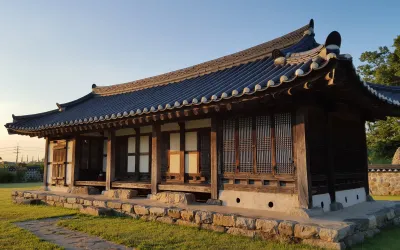
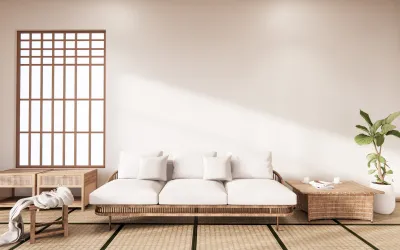
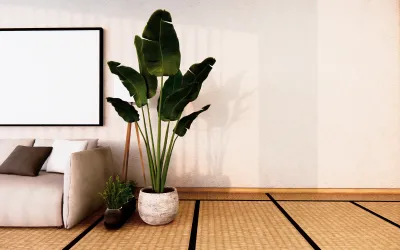
0 Comments